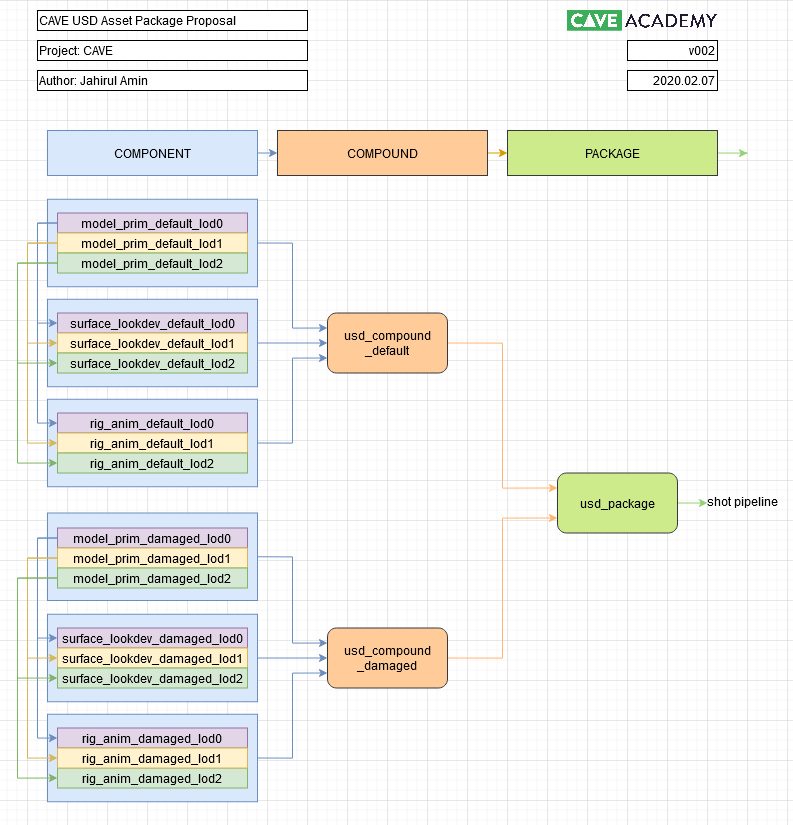Introduction to OpenUSD 1001
In partnership with Autodesk, this FREE course will teach you the fundamentals of OpenUSD through practical exercises, in which we will create an interior photoreal environment suitable for VFX.
Course schedule
Tutor
Jahirul Amin
Learn the fundamentals of OpenUSD to build production-ready assets.
In this course*, we’ll explore all things OpenUSD. We’ll do this be modelling a photoreal environment and then creating a series of varaints, allowing us to have a multitude of variants for use in shot work. Throughout the course, we’ll explore the built-in tools in Maya 2024 for a USD workflow, and discuss how we can go about approaching an asset for maximum flexibility. This includes variants, version control and general asset publishing.
*Please note that the lesson plan is subject to minor change.
Lessons in this course
COMING SOON
Click on the link below to join the waitlist.




















